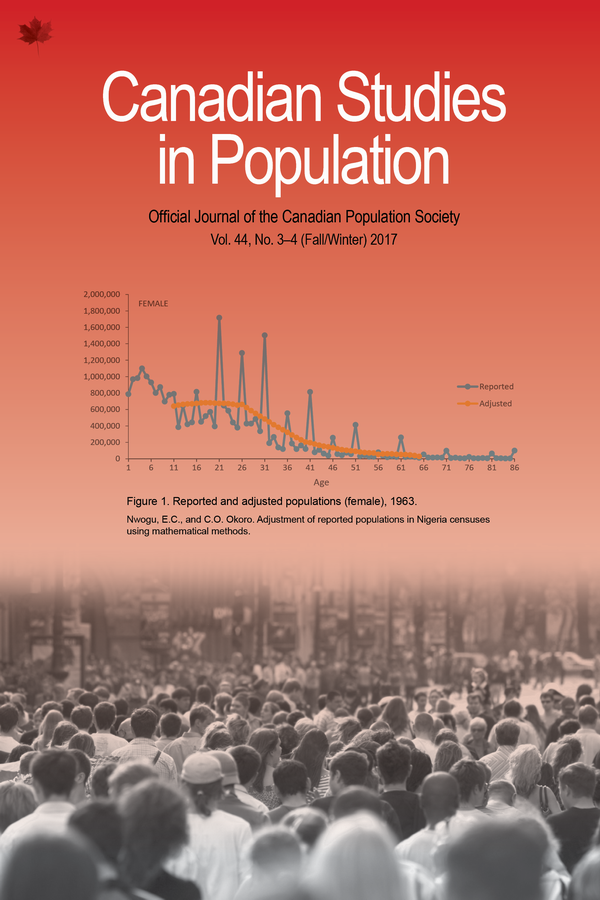Inequality in mortality decreases with age: Evidence from developing countries using census data
DOI:
https://doi.org/10.25336/P60G7GKeywords:
inequality, mortality, developing countriesAbstract
With some exceptions, studies consistently find that mortality rate ratios between the highest and lowest socioeconomic status (SES) groups are substantially larger among the young-age population, rather than the old one. This pattern is relevant for policy and research, but it has seldom been explored in populations of developing countries. In this study, eight samples in the Integrated Public Use Microdata Series (IPUMS) that contain mortality data (El Salvador 1992, Rwanda 2002, Senegal 2002, Sierra Leone 2004, Uganda 2002, Malawi 2008, Brazil 2010, and Zambia 2010) and information about household assets are analyzed, and, using SES of equal relative size, results in seven out of eight cases are the same as those in developed societies: ratios are larger among the young age group and among men. Therefore, the ratio of mortality by relative-SES also decreases with age in several developing ones.Downloads
Published
Issue
Section
License
Copyright (c) 2019 Rubén Castro, Eduardo Fajnzylber, Andrés Fortunato

This work is licensed under a Creative Commons Attribution 4.0 International License.
The following copyright statement applies to content published in Volumes 1 - 45 of Canadian Studies in Population.
Authors retain copyright and grant the journal right of first publication with the work simultaneously licensed under a Creative Commons Attribution License that allows others to share the work with an acknowledgement of the work's authorship and initial publication in this journal.
Authors are able to enter into separate, additional contractual arrangements for the non-exclusive distribution of the journal's published version of the work (e.g., post it to an institutional repository or publish it in a book), with an acknowledgement of its initial publication in this journal.
Authors are permitted and encouraged to post their work online (e.g., in institutional repositories or on their website) prior to and during the submission process, as it can lead to productive exchanges, as well as earlier and greater citation of published work (See The Effect of Open Access).



